Gallery: Our Moon's marvelous mountains
A peek at lunar peaks, mountain rings, volcanic domes, and more.
The Moon is home to some amazing mountains. Unlike the millions of years it takes for most mountains on Earth to form via slowly colliding tectonic plates, most lunar mountains form near-instantly by asteroid or cometary impacts. I have previously explained how various Moon mountains form and why to explore them so in this post I just want us to appreciate how beautiful they are. Let’s see some lunar mountains.
Note: You can click on the images to learn about each feature.
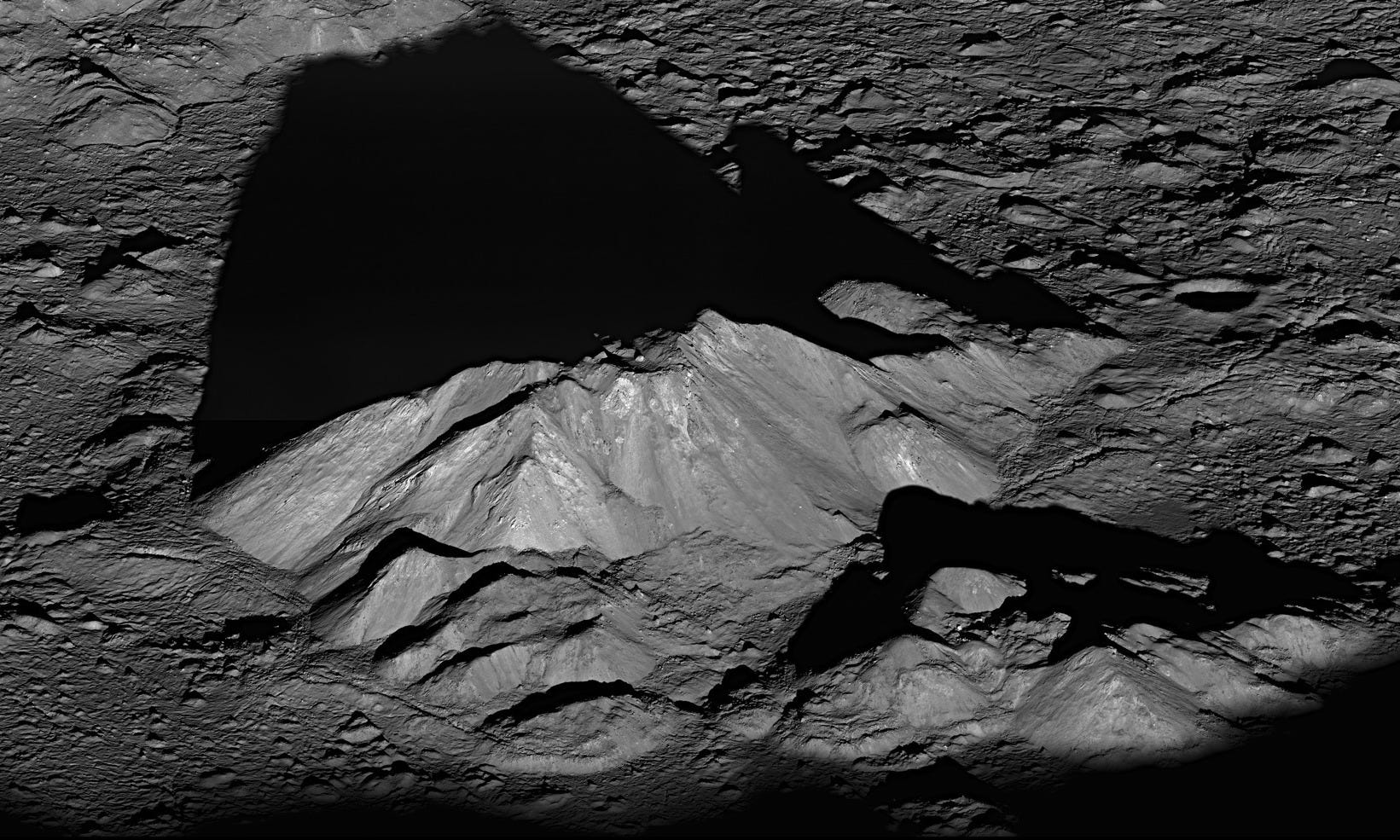
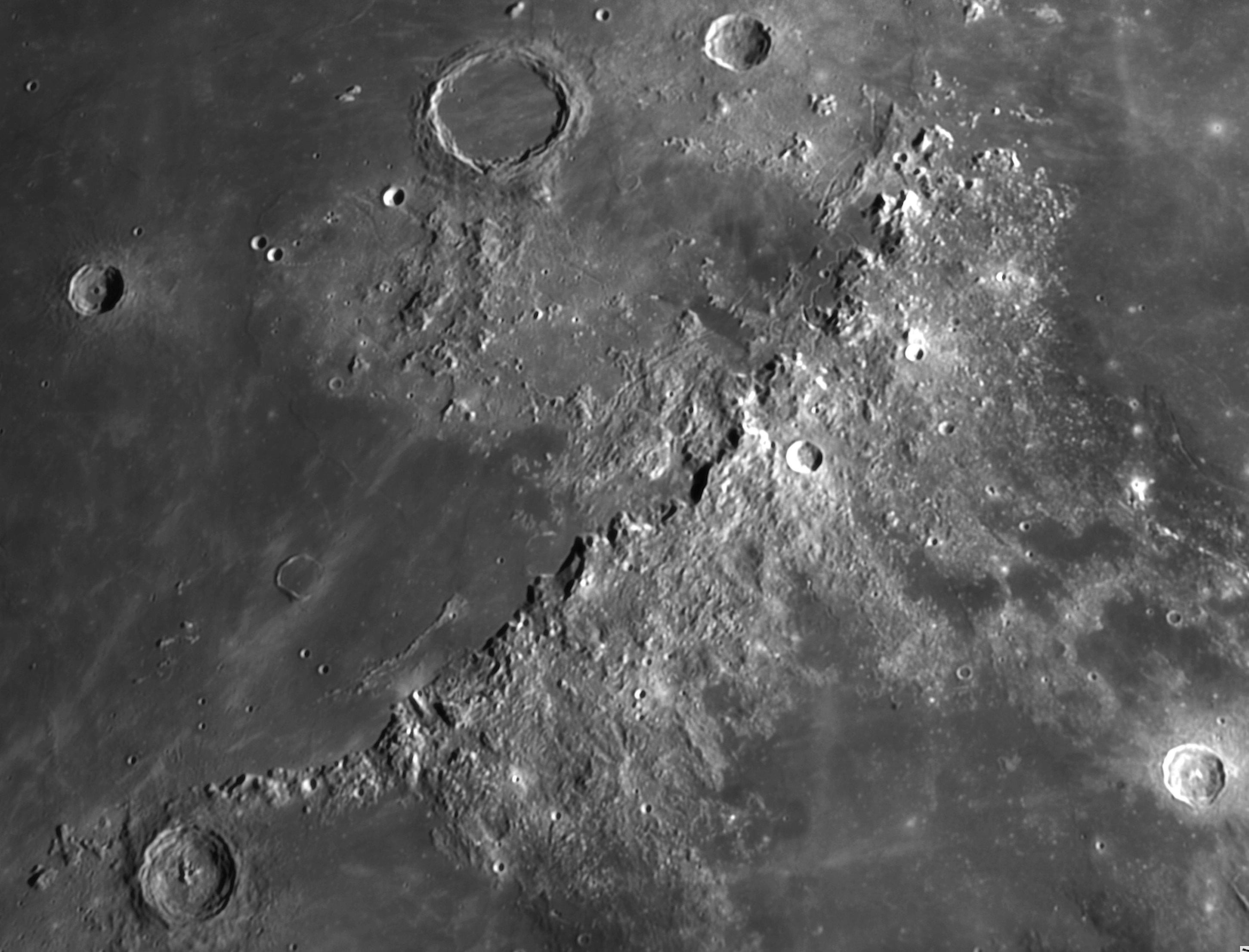
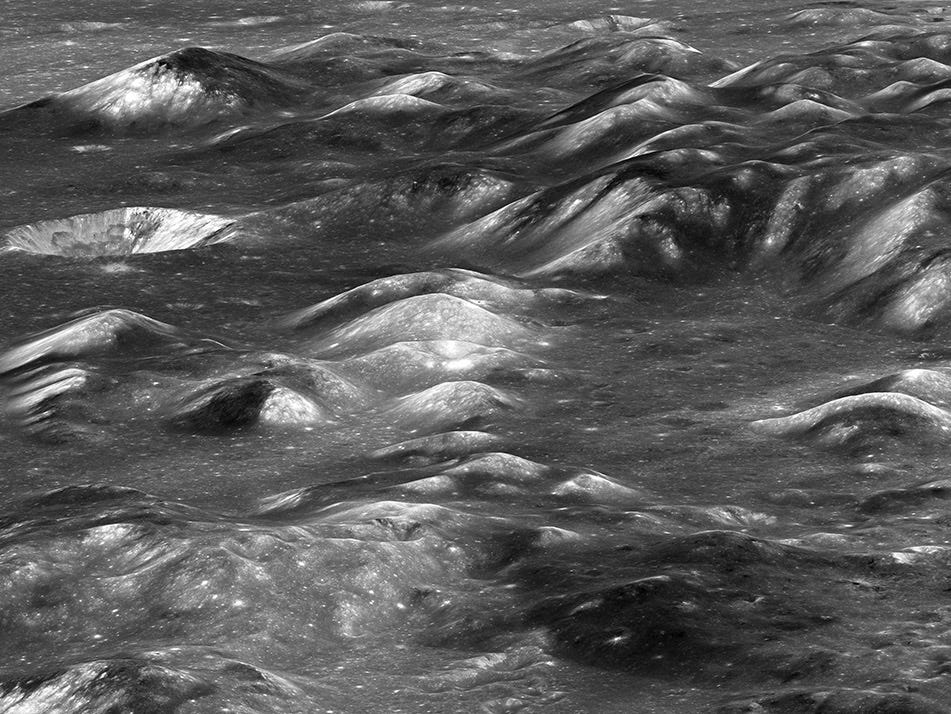

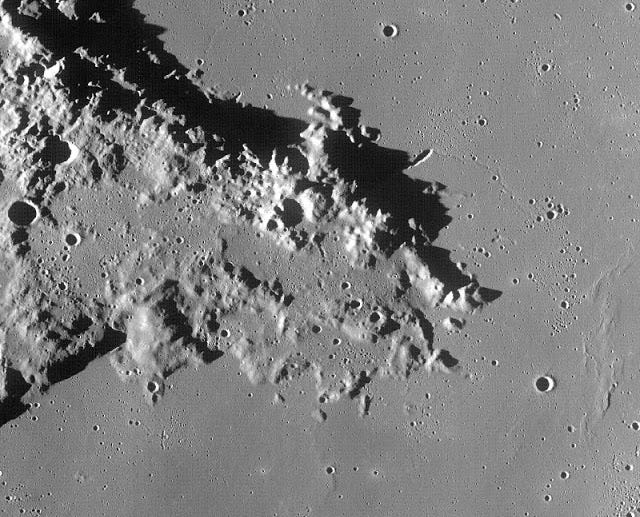

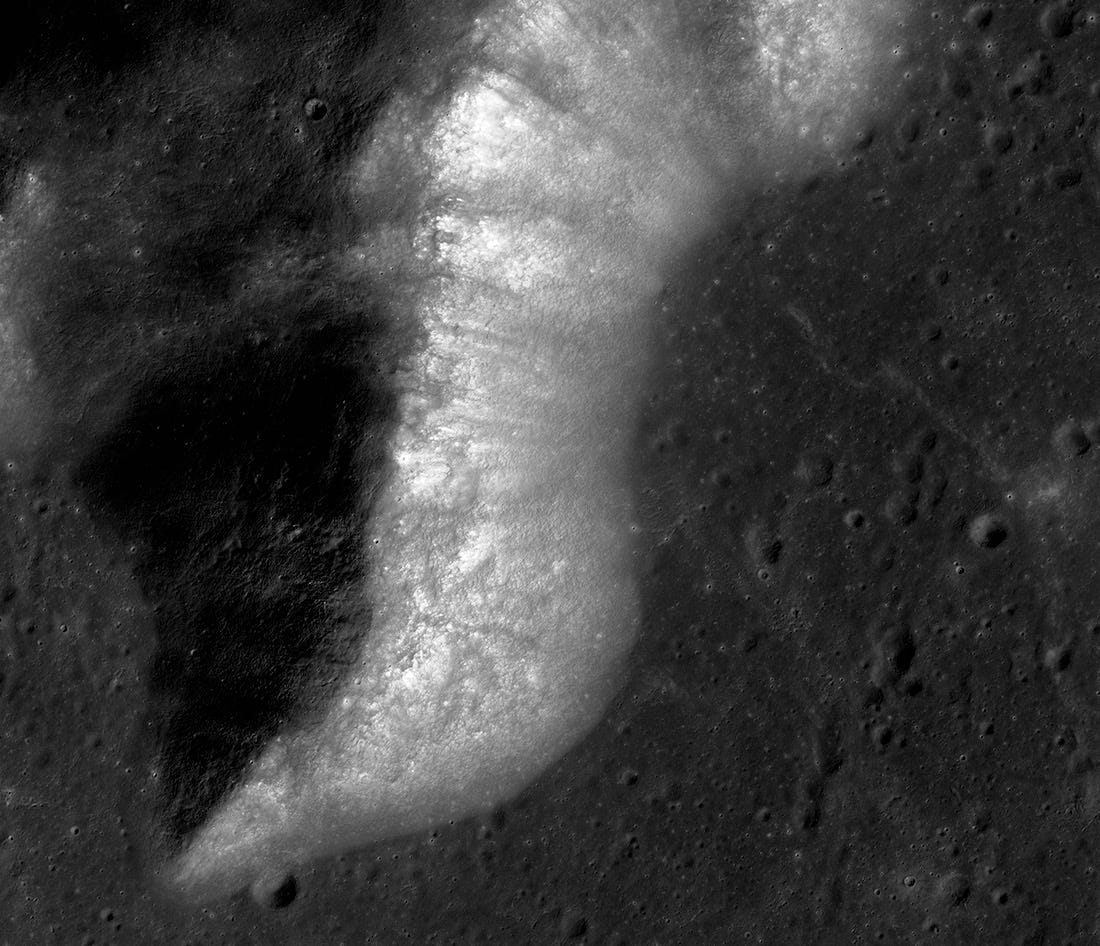
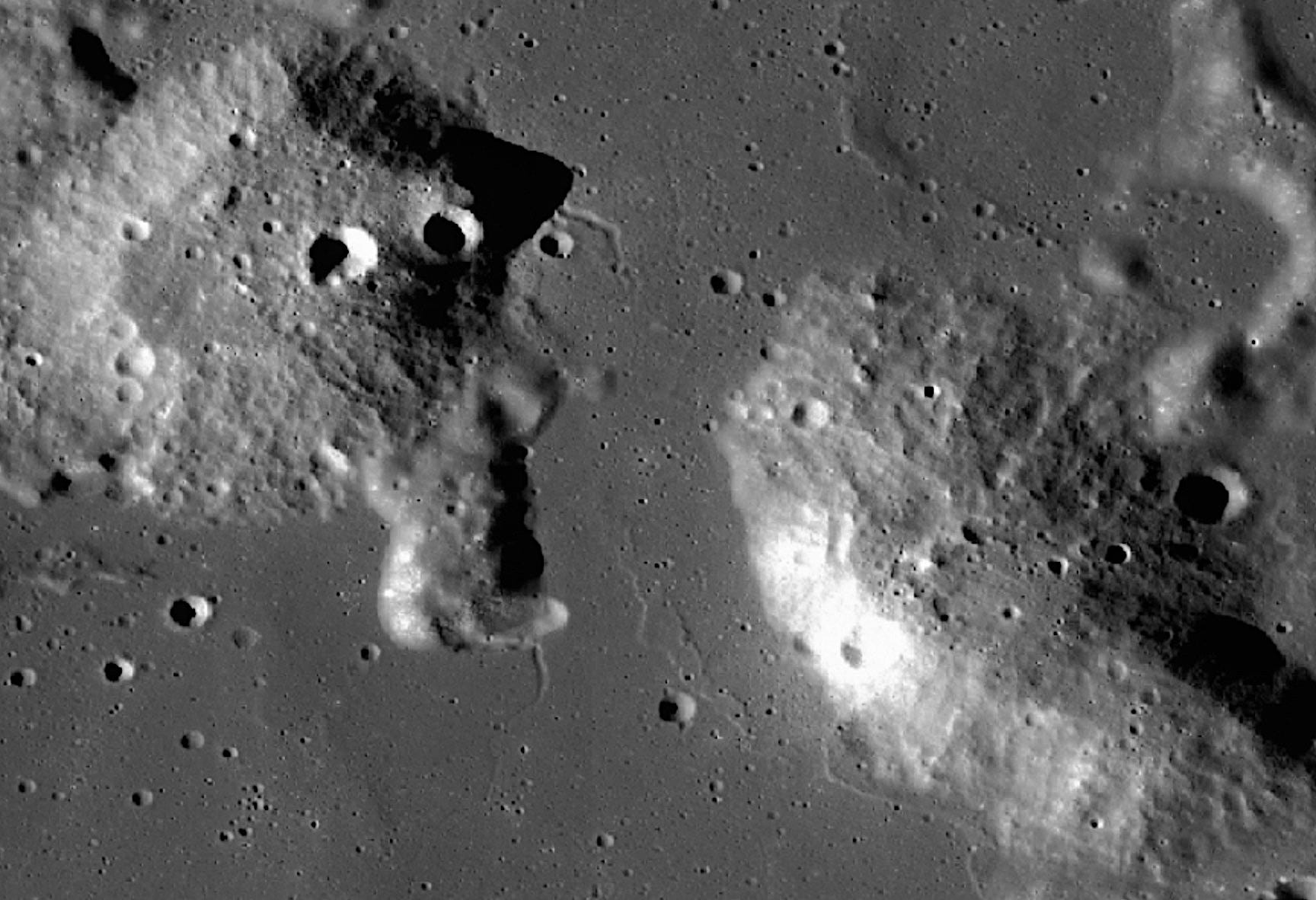
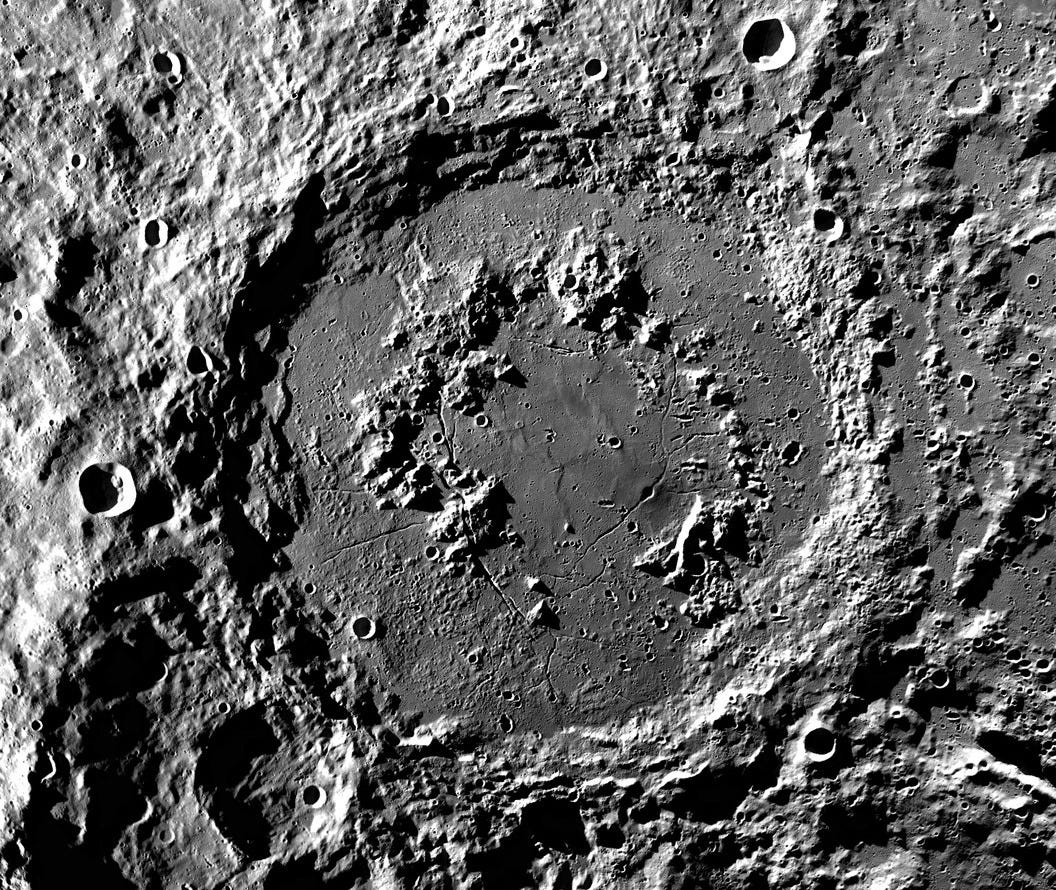
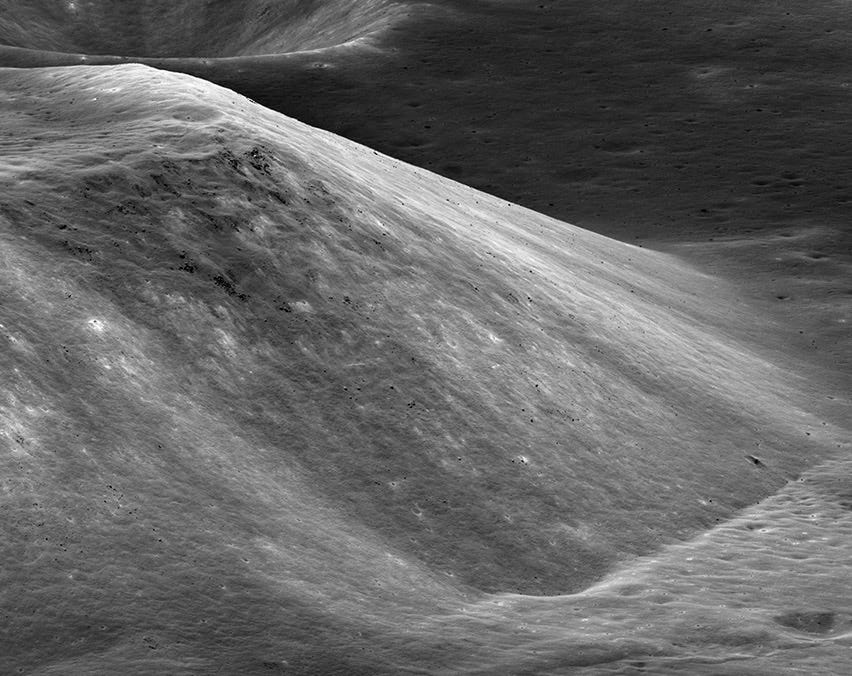
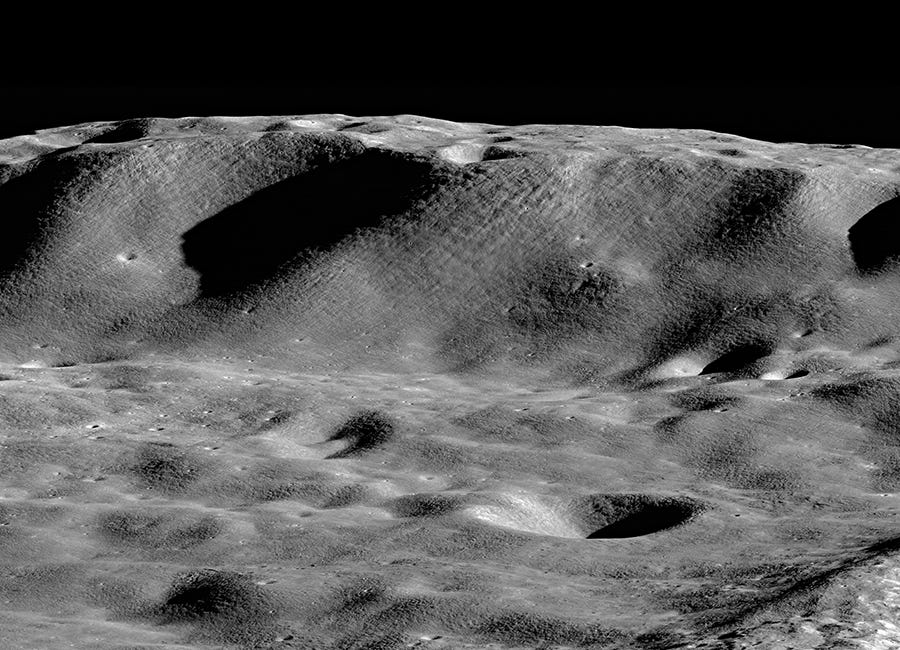
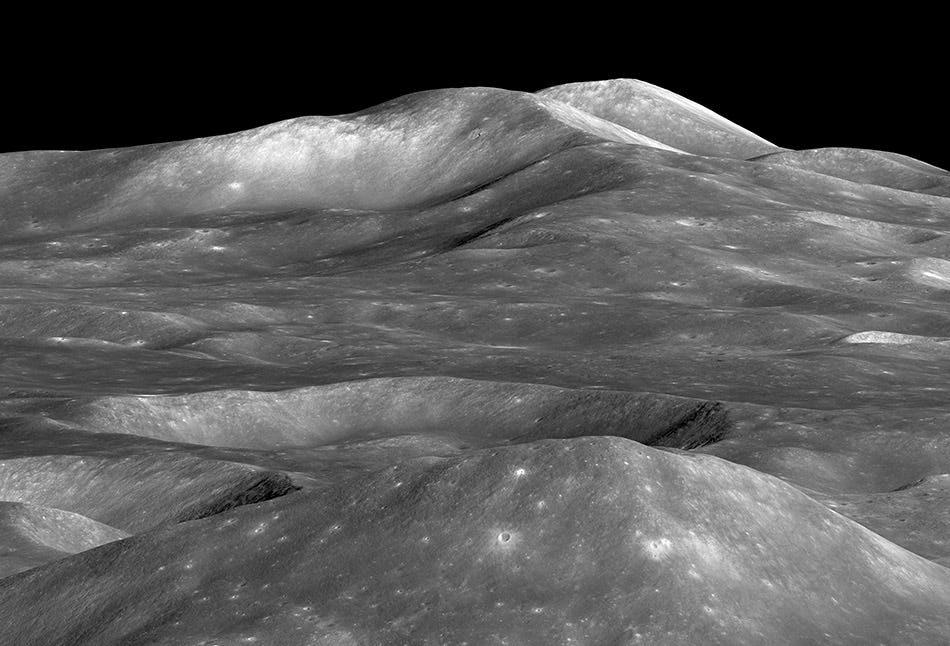
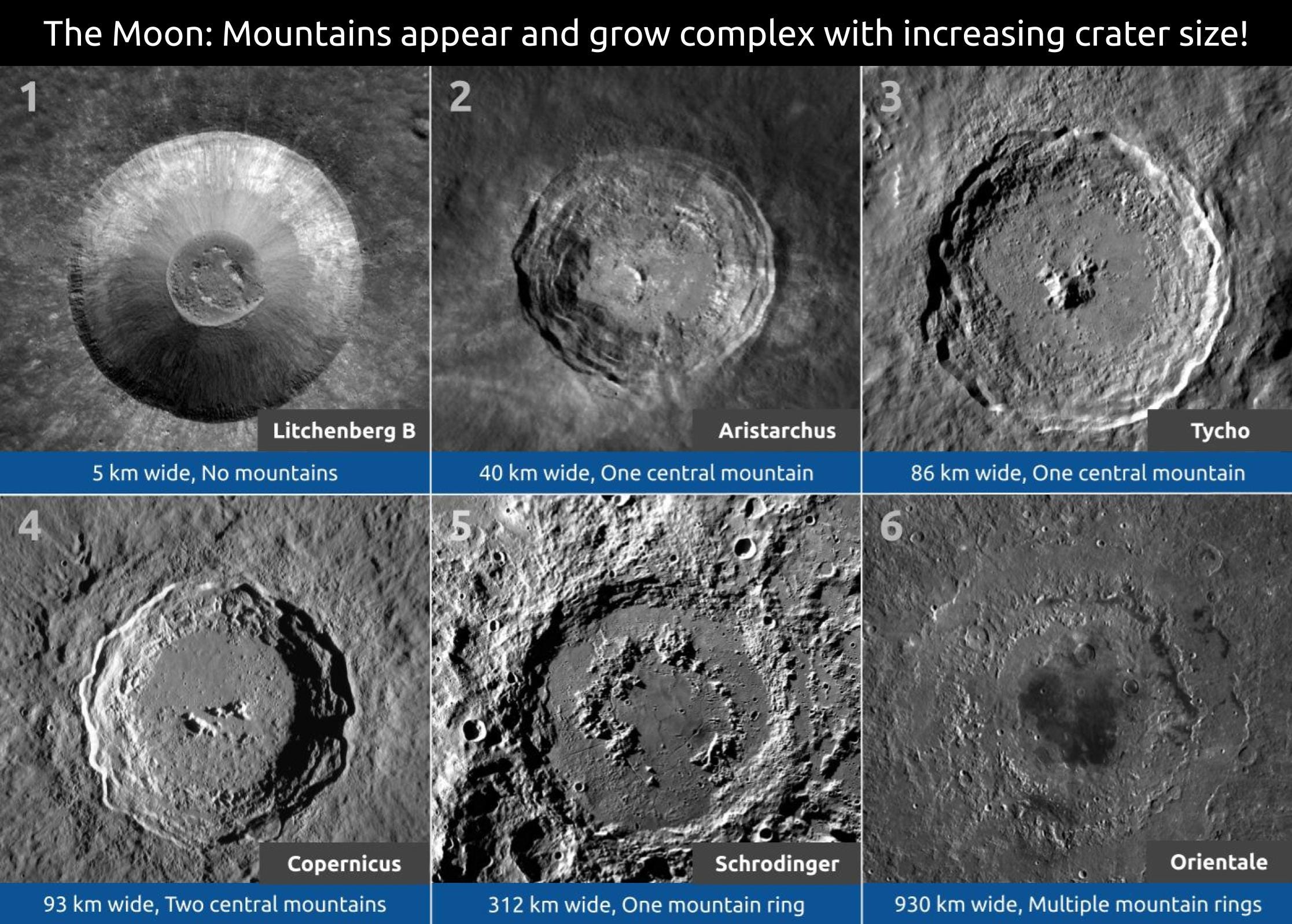
Hope you enjoyed these curated images of some of the most amazing mountains on the Moon. As you may have noted, many of these views are captured by NASA’s Lunar Reconnaissance Orbiter. Their outreach team has a fantastic blog where you can browse more lunar mountains and other Moon-candy, and learn about them.
